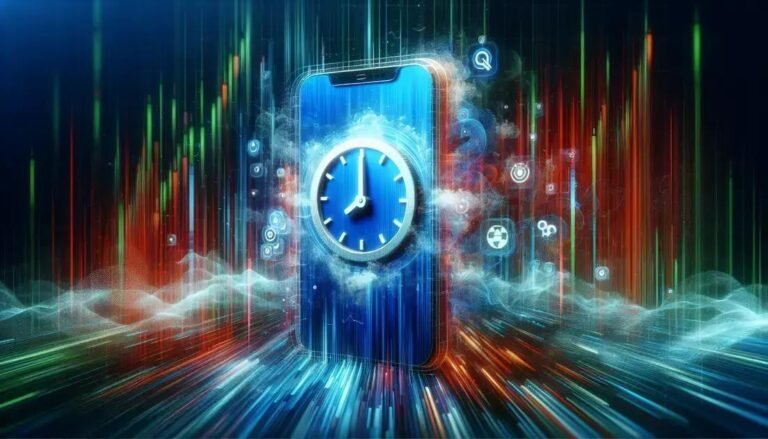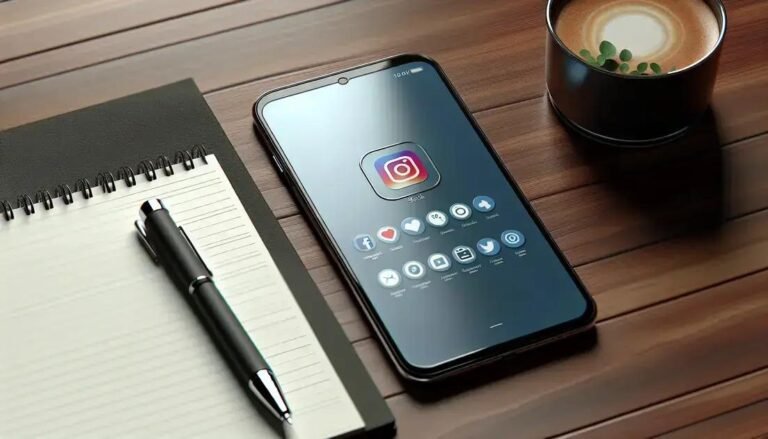Photos Were Deleted? Here’s How to Restore Them Easily
Recovering deleted photos from your phone might seem daunting, but it’s easier than you think. Have you ever accidentally deleted a photo and immediately regretted it? Don’t worry, you’re not alone, and there are ways to bring those memories back.
Did you know there are several tools and techniques designed just for this situation? Whether it’s through apps or built-in features, photo recovery is more accessible than ever. Imagine the relief of getting back those lost images without much hassle!
Let’s explore some easy-to-follow methods that actually work. You might be surprised at how simple recovering these precious photos can be. Ready to dive in and rediscover your memories?
Understanding Photo Deletion and Recovery
When your photos disappear from your phone, it can be alarming. Understanding how photo deletion works is the first step toward recovery. Most photos aren’t permanently erased immediately. Instead, they often move to a ‘Recently Deleted’ folder or similar feature where they stay for a period before being permanently deleted. This gives you a grace period to recover them.
How Photos Get Deleted
Photos might get deleted due to accidental taps, software glitches, or during system updates. Each operating system has its own rules for handling deletions, so knowing your device’s specifics is crucial.
Initial Recovery Steps
Check Your Trash/Recycle Bin: Most smartphone operating systems include a temporary recycle bin. This is your first stop for quick recovery. Access your photo app and look for recently deleted items.
- On Android: Open the ‘Photos’ app, tap ‘Trash’ from the menu.
- On iOS: Open ‘Photos’, navigate to ‘Albums’, and open ‘Recently Deleted’.
Alternative Recovery Methods
If the trash doesn’t yield results, consider using a computer to connect your phone and explore deeper recovery options. Tools and apps designed for data recovery might access deeper storage areas on your phone, retrieving images that seem lost.
Step-by-Step Guide to Recover Photos
Recovering deleted photos can be straightforward once you know the right steps. Here is a simple, step-by-step guide to help you retrieve those precious memories from your smartphone.
- Check Recently Deleted Folder: Open your photo app and look for a folder named ‘Recently Deleted.’ This is where most deleted photos are temporarily stored. Browse through and select photos you wish to recover, then tap ‘Restore.’
- Explore Cloud Backup: If your phone syncs with a cloud service, such as Google Photos or iCloud, go to the app or website to look for backups. Most services store copies of images, and you can download them back to your device.
- Connect to a Computer: Use a USB cable to connect your phone to a computer. Sometimes, deleted files can still be accessed through file management software on your PC or Mac. This method might help you find images not visible on the phone itself.
- Use Data Recovery Apps: Several apps are designed to recover lost data from phones. Download a reputable app from the App Store or Google Play, grant necessary permissions, and let the app scan your device for recoverable photos. Follow the in-app instructions to complete the process.
- Consider Professional Recovery Services: If the above methods don’t work, professional recovery services are an option. They can access deeper memory layers in your phone, but this choice may cost more.
By following this guide, you stand a good chance of recovering lost photos with minimal hassle.
Best Apps for Photo Recovery
Finding the best app to recover photos can make a big difference in retrieving lost images swiftly. Here are some top picks that stand out for their efficiency and user-friendly interfaces.
1. DiskDigger: This app is popular for its ability to undelete and recover lost photos from both internal and external memory. Whether you accidentally delete a photo or reformatted the memory card, DiskDigger can help. Simply install the app, select the type of scan, and let it explore your device for recoverable photos.
2. Dr.Fone: Known for its comprehensive recovery capabilities, Dr.Fone works on a wide range of file types, including photos. Its intuitive interface makes retrieving images a straightforward process. Connect your device, follow the prompts, and see what you can recover!
3. EaseUS MobiSaver: Offering a simple and effective way to recover files, including photos, this app supports both Android and iOS devices. Users appreciate its ease of use and reliable results. Follow the easy steps provided to start scanning your device.
4. PhotoRec: While not strictly an app, PhotoRec is a command-line utility that strongly favors tech-savvy users. It’s powerful and effective at digging up deleted photos from various storage media. Ideal for users comfortable with more technical recovery methods.
Choosing the right app for your needs can save both time and frustration. Evaluate these options based on your phone’s OS, the complexity of the recovery, and your comfort level with tech. It’s time to dive into the world of photo recovery and see which solution works best for you!
Preventing Future Photo Loss
Ensuring that you don’t lose photos in the future requires proactive measures and smart storage choices. Here are some effective strategies to help safeguard your digital memories.
1. Regular Backups: Commit to regularly backing up your photos. Use cloud services like Google Photos or iCloud for automatic backups, which ensure your photos are stored safely off-device. Set reminders to do manual backups on external drives as well.
2. Use Reliable Apps: Choose a reliable photo management app that is less prone to errors. These apps often provide additional features like duplicate detection and safer storage solutions.
3. Update Software Regularly: Keep your device’s operating system and apps up-to-date to avoid glitches that can lead to data loss. Updates often include important patches that protect data integrity.
4. Organize Your Media: Periodically review and organize your photos, deleting ones you don’t need. This practice not only saves space but decreases the chance of accidental deletion.
5. Enable Recovery Options: Ensure that your device’s recovery options, such as ‘Recycle Bin’ or ‘Recently Deleted’, are enabled. This provides a safety net by storing deleted items temporarily before they are permanently erased.
By implementing these practices, you can reduce the risk of losing photos and enjoy peace of mind knowing your precious memories are secure.
FAQ – Frequently Asked Questions About Recovering Deleted Photos From Phone
Can I recover photos that were permanently deleted?
It’s possible to recover permanently deleted photos using specialized recovery apps or professional services, but success isn’t guaranteed.
How do apps like DiskDigger and Dr.Fone work?
These apps scan your phone’s storage to find recoverable files and allow you to restore them to your device.
How often should I back up my photos?
It’s wise to back up your photos regularly, such as weekly or monthly, depending on how frequently you take new photos.
Are there any free photo recovery apps?
Yes, many apps like DiskDigger offer free versions with basic features. However, advanced recovery options may require a purchase.
What is the ‘Recently Deleted’ folder?
It’s a temporary storage location on most smartphones that holds deleted photos for a set period, allowing for easy recovery.
Do cloud backups automatically save my photos?
Many cloud services, like Google Photos or iCloud, can automatically back up your photos if you enable the feature in settings.






